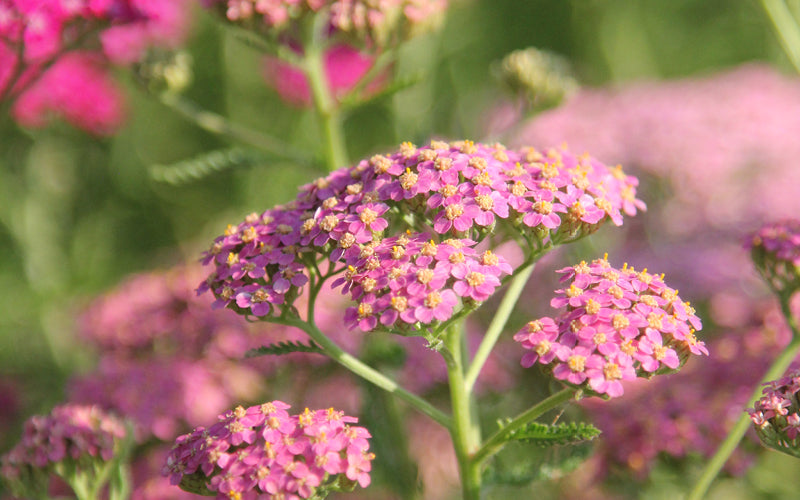
Schafgarbe (Achillea millefolium) – Die filigrane Schönheit in zarten Farben
Die Schafgarbe Achillea millefolium ist eine der Sommerstauden, die ein Beet mit erstaunlich wenig Aufwand in eine leichte, sommerliche Farbharmonie verwandeln. Ihre grazilen Blütenstände bringen eine heitere, beinahe malerische Stimmung in naturnahe wie moderne Gartenbilder. Sie ist robust, viel...
Continue reading
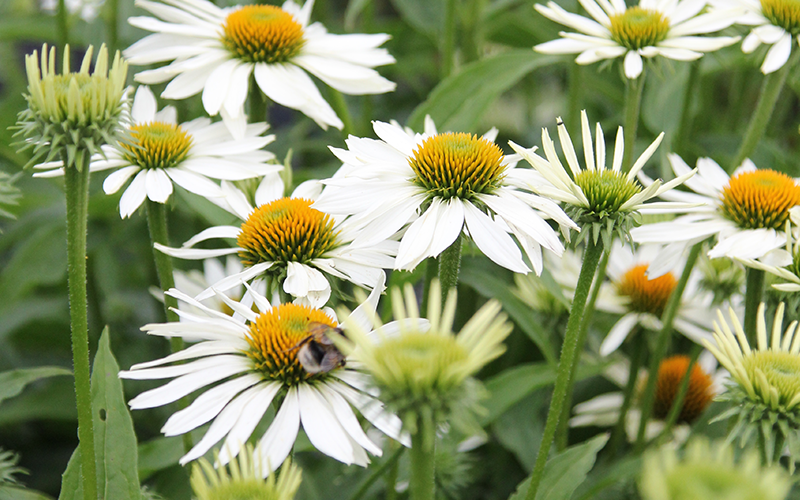
Sonnenhut (Echinacea purpurea) - Bunte Stauden für Sommerbeete und Wildgärten
Kaum eine andere Staude vereint natürliche Ausstrahlung und sommerliche Leuchtkraft so eindrucksvoll wie der Sonnenhut (Echinacea). Mit seinen markanten Blütenköpfen, den nach unten gebogenen Blütenblättern und der charakteristischen, leicht erhabenen Mitte setzt er strahlende Akzente in Beeten, ...
Continue reading
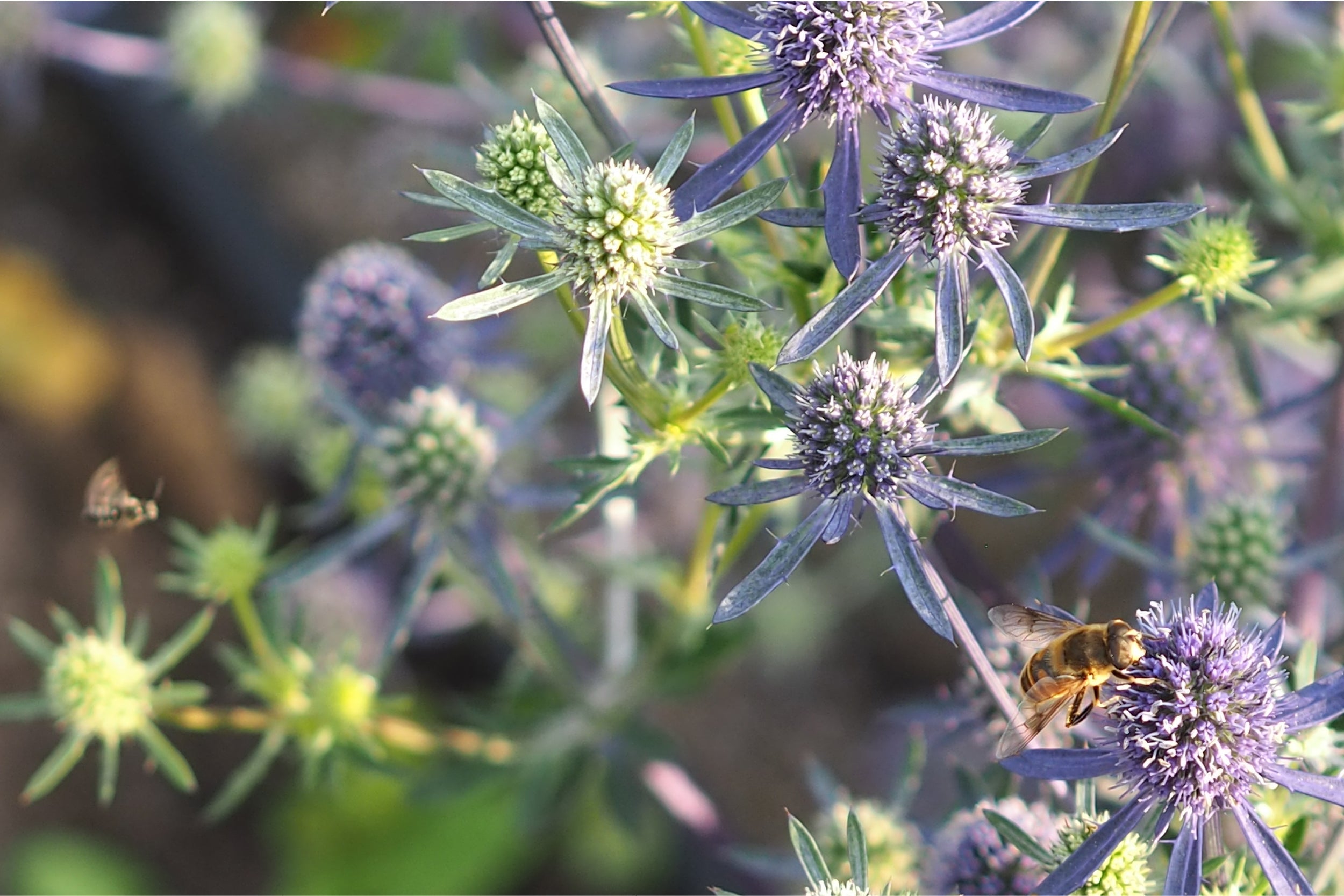
Edeldistel (Eryngium planum) – wehrhafte Staude mit blauer Eleganz
Kaum eine andere Staude vereint Wildheit und Eleganz so eindrucksvoll wie die Edeldistel (Eryngium planum). Mit ihren stahlblauen, metallisch glänzenden Blüten und dem markanten, starren Wuchs setzt sie leuchtende Akzente in Sommerbeeten. Sie bringt Struktur, Kontrast und eine Prise Wildromantik ...
Continue reading
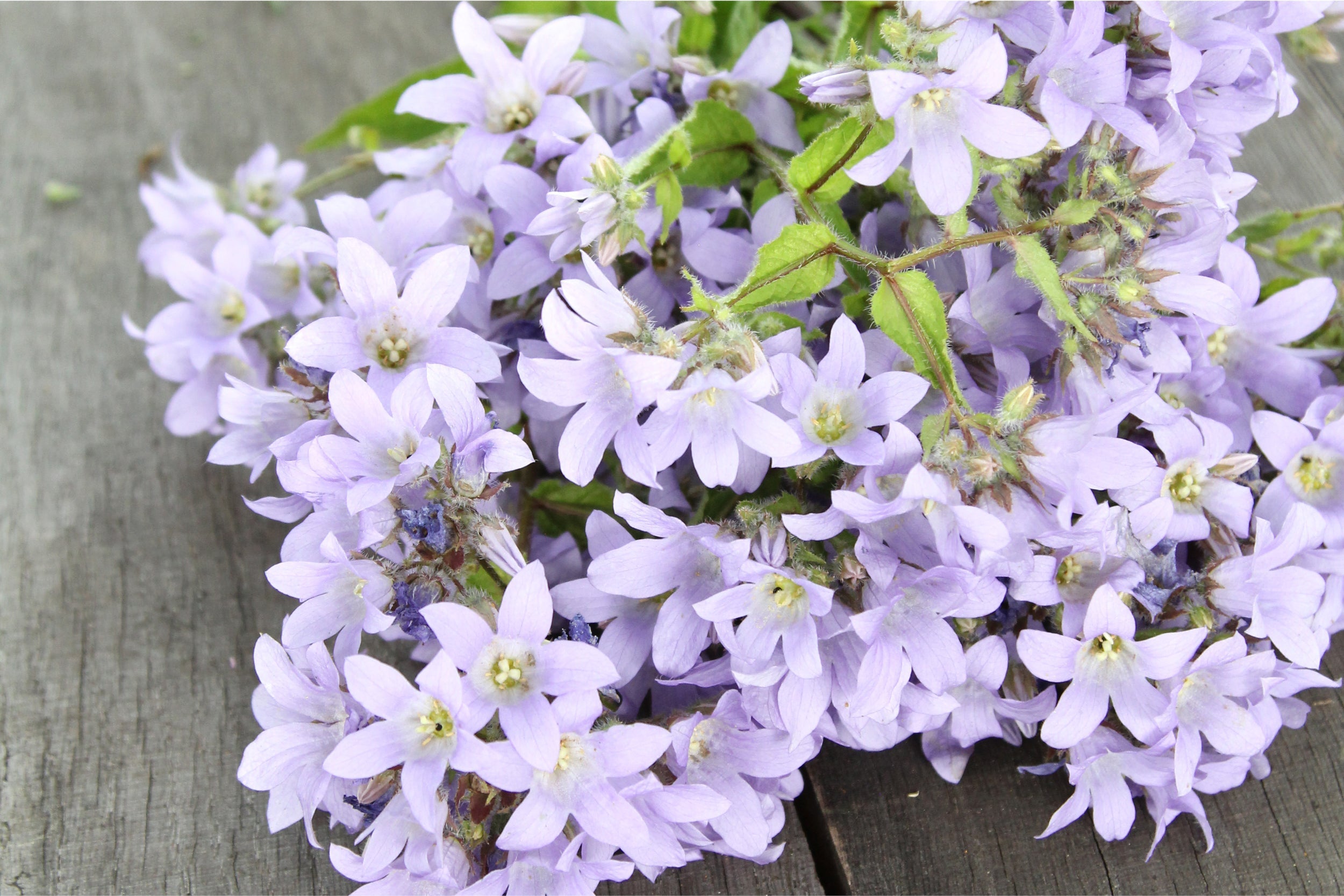
Doldenglockenblume (Campanula lactiflora) – Zarte Blütenwolken für den Sommergarten
Wer den Charme romantischer Staudenbeete liebt, wird an der Doldenglockenblume nicht vorbeikommen. Campanula lactiflora vereint aufrechte Eleganz mit natürlicher Leichtigkeit – und verwandelt sommerliche Beete in ein zartes Blütenmeer.
Continue reading
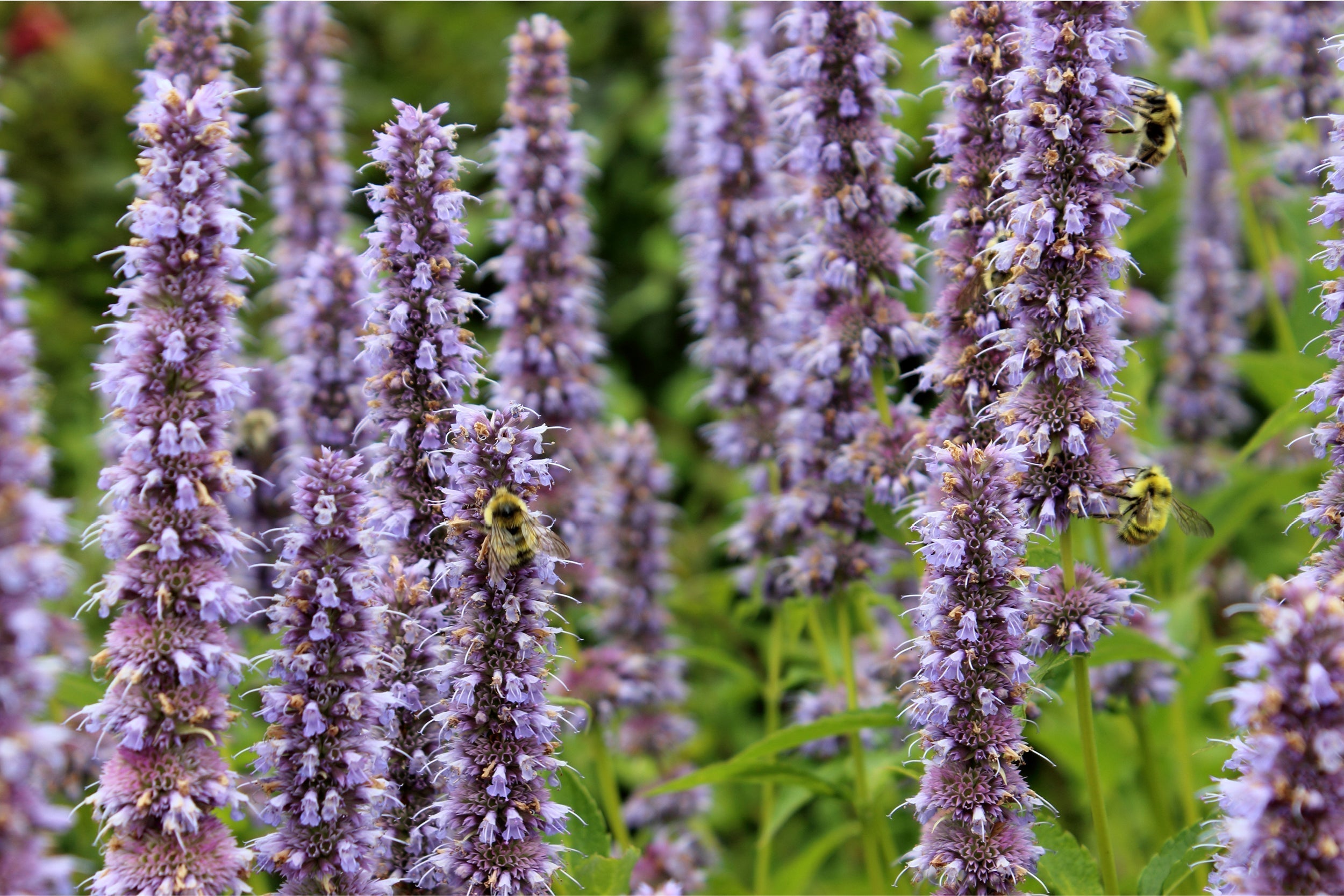
Anis-Duftnessel (Agastache foeniculum) – duftende Bienenpflanze für sonnige Beete
Die Anis-Duftnessel (Agastache foeniculum) ist eine jener Stauden, die gleichermaßen Herz und Sinne erfreuen. Mit ihrem intensiven Duft nach Anis und Minze, ihren leuchtenden Blütenkerzen und der unermüdlichen Anziehungskraft auf Bienen und Schmetterlinge ist sie eine wahre Bereicherung für jedes...
Continue reading
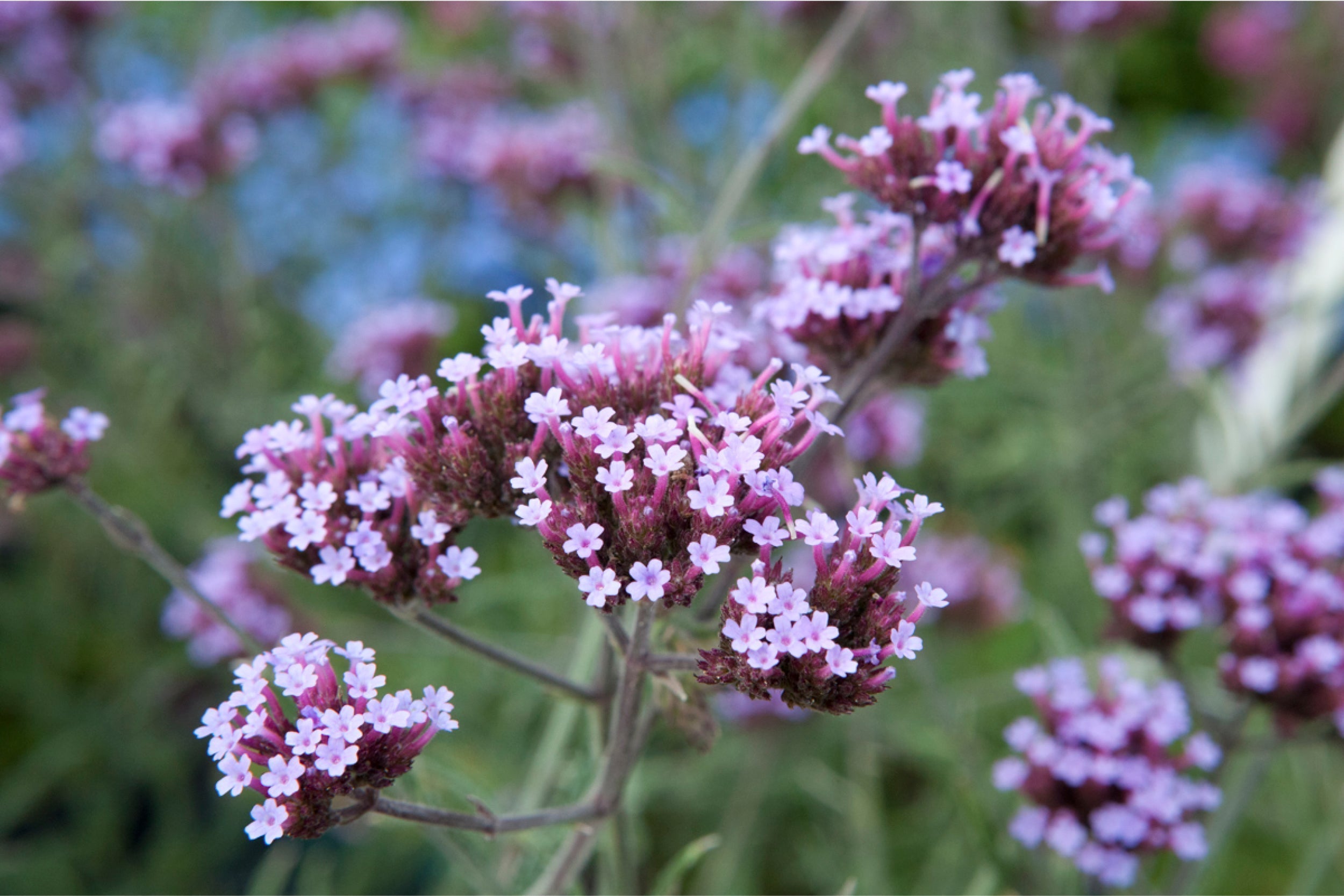
Hohes Eisenkraut (Verbena bonariensis) – Schwebende Leichtigkeit im Garten
Kaum eine andere Pflanze bringt so viel Anmut und Leichtigkeit in den Garten wie das Hohe Eisenkraut (Verbena bonariensis), auch bekannt als Patagonisches Eisenkraut. Mit seinen filigranen, verzweigten Stängeln und den zart violetten Blütendolden scheint es über den Beeten zu schweben – wie ein v...
Continue reading
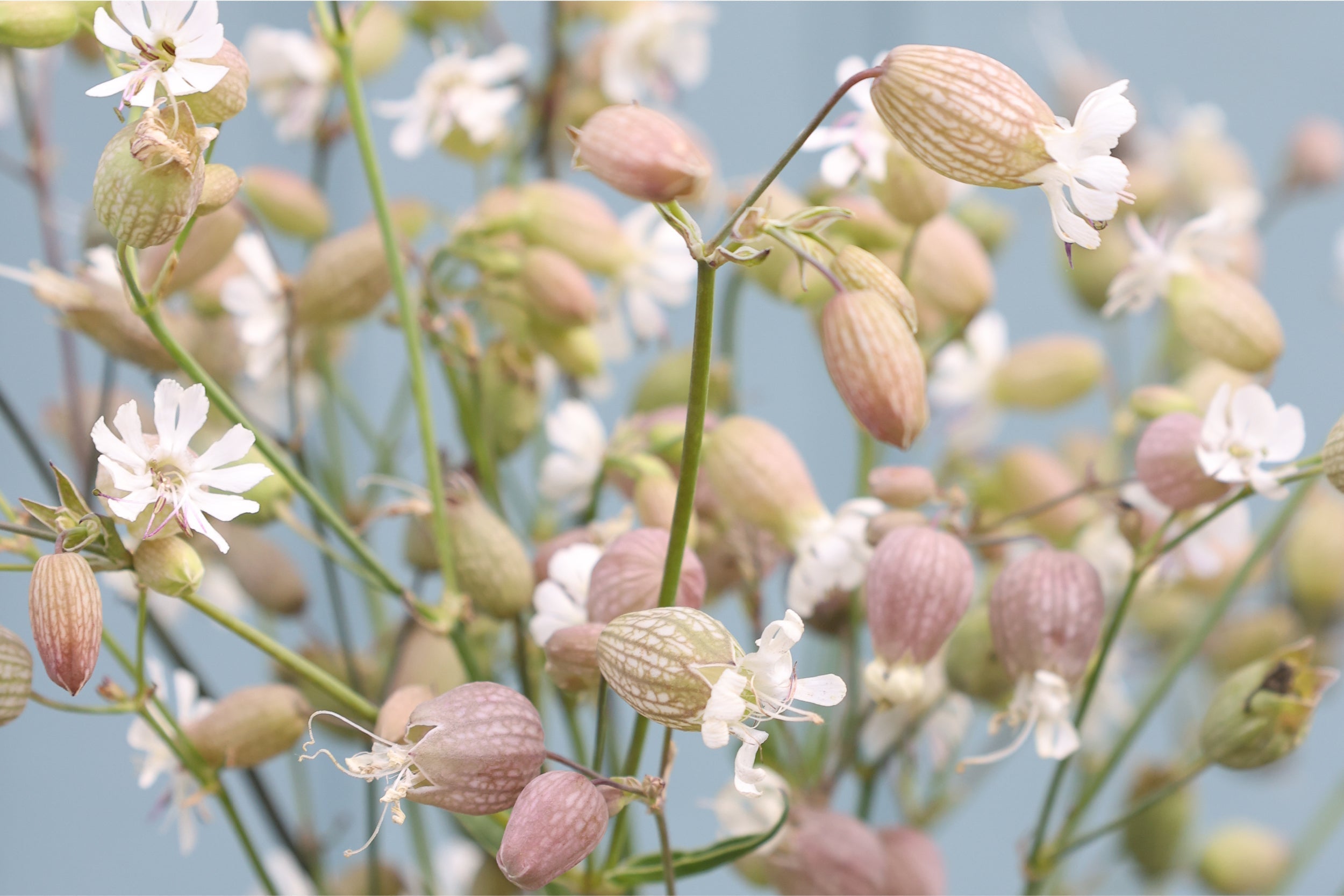
Taubenkropf-Leimkraut (Silene vulgaris) – Zarte Wildstaude für naturnahe Beete & Wiesen
Das Taubenkropf-Leimkraut (Silene vulgaris) gehört zu den heimischen Wildstauden, die in naturnahen Gärten zunehmend geschätzt werden. Seine filigranen, weißlich schimmernden Blüten mit den ballonartig aufgeblähten Kelchen verleihen Wiesen, Steingärten und naturnahen Beeten eine unverwechselbare ...
Continue reading
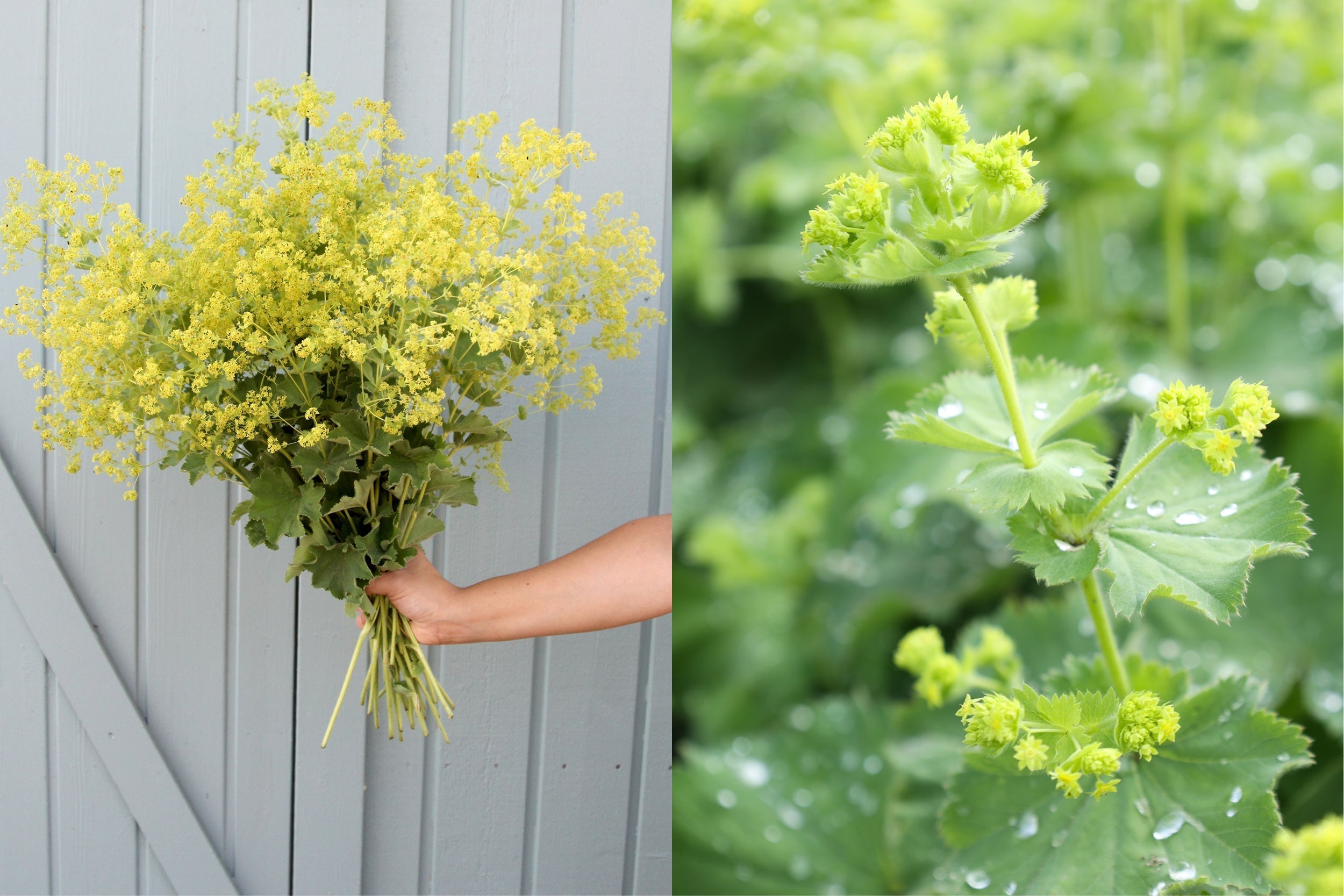
Frauenmantel (Alchemilla mollis) - Zarter Charme mit seidigem Schimmer
Kaum eine Staude ist so vielseitig, genügsam und dabei so anmutig wie der Frauenmantel (Alchemilla mollis). Mit seinen weichen, samtig behaarten Blättern und den zarten, limonengelben Blütenwolken gehört er zu den Klassikern im Staudenbeet. Besonders morgens, wenn sich Tautropfen oder Regentropfe...
Continue reading
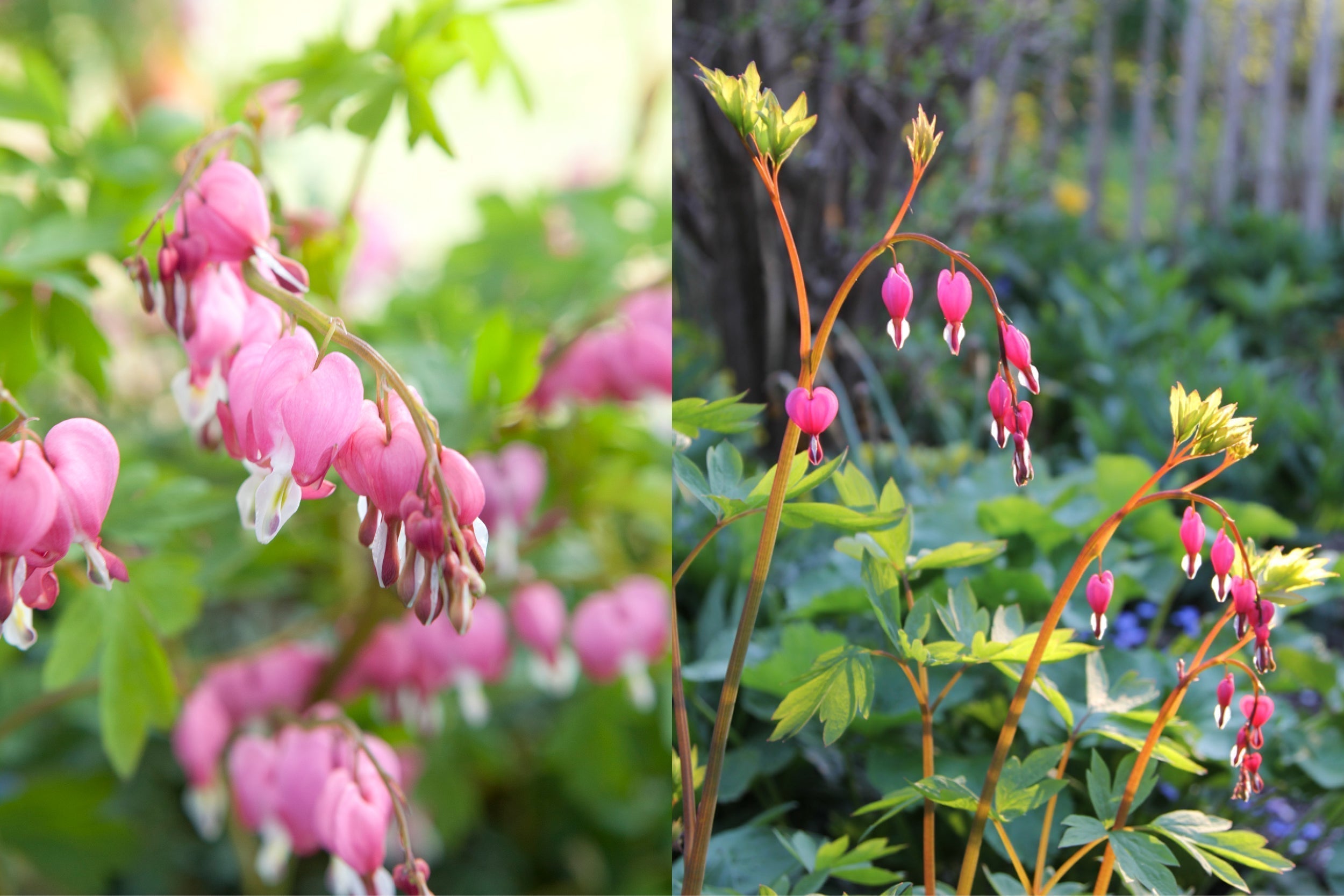
Tränendes Herz (Dicentra spectabilis) – Romantische Gartenstaude mit anmutigen Blüten
Das Tränende Herz (Dicentra spectabilis) gehört zu den schönsten und zugleich nostalgischsten Frühjahrsstauden im Garten. Mit seinen filigranen Blättern und den elegant überhängenden Blütentrauben, deren herzförmige Blüten zart nach unten tropfen, verzaubert es jeden schattigen Gartenbereich. Ka...
Continue reading

Katzenminze (Nepeta × faassenii) – Duftende Blütenwolke für Beete, Wege und Insekten
Die Blaue Katzenminze (Nepeta × faassenii) zählt zu den zuverlässigsten und schönsten Dauerblühern im Staudenbeet. Mit ihrem silbrig-grünen Laub und den unzähligen, zartviolett-blauen Blütenähren verleiht sie jedem Garten Leichtigkeit und eine sanft duftende, sommerliche Atmosphäre. Sie ist einer...
Continue reading
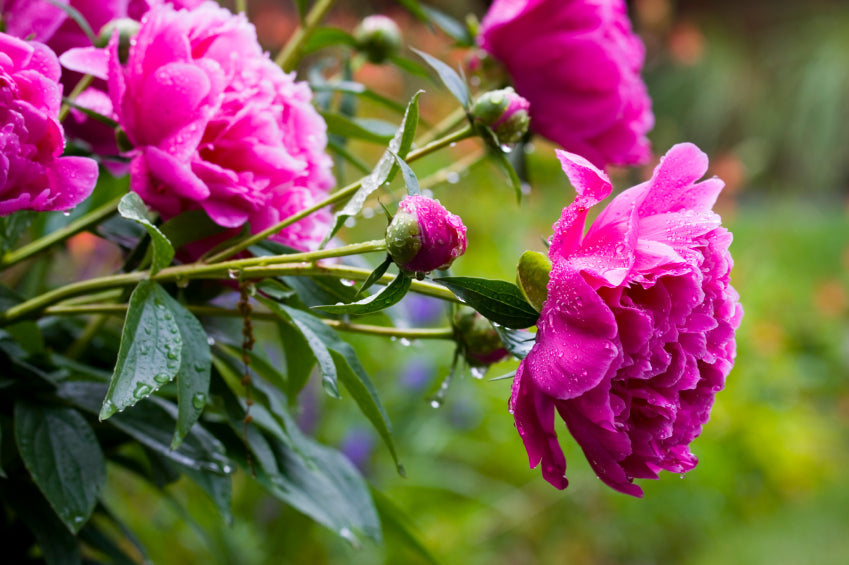
Pfingstrosen – prachtvolle Frühlingsblumen für Gartenromantik pur
Pfingstrosen (Paeonia) gehören zu den beliebtesten Blütenstauden im Garten. Ihre großen, duftenden Blüten, die oft an kunstvoll gefaltetes Seidenpapier erinnern, verzaubern von Mai bis Juni mit üppiger Farbenpracht. Ob als Solitärstaude, Gruppenpflanzung oder Schnittblume – Pfingstrosen sind viel...
Continue reading
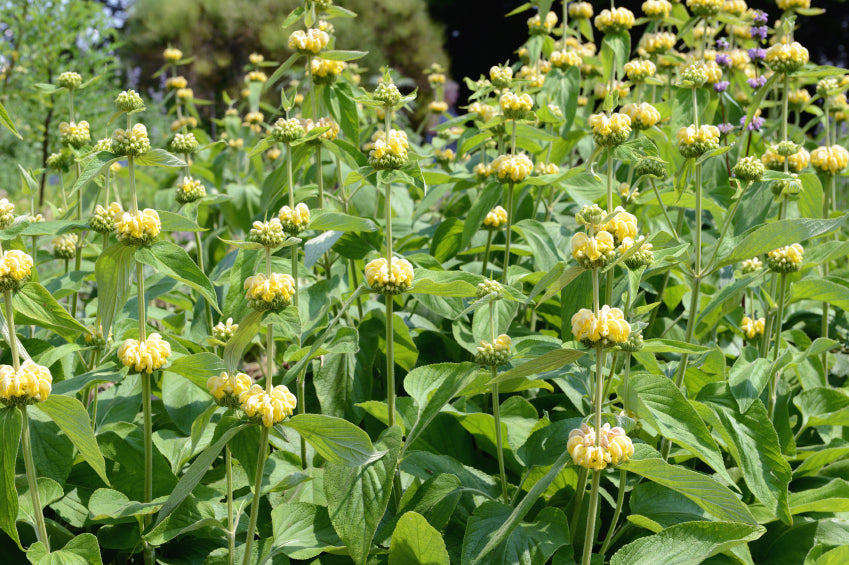
Fireweed (Phlomis)
Also known as golden squirt, this plant belongs to the mint family and, due to its relative drought tolerance, is particularly well-suited for gravel and steppe gardens. This plant has perfect garden qualities: long-lasting, robust, stable, easy to care for, adaptable, and decorative year-round. ...
Continue reading
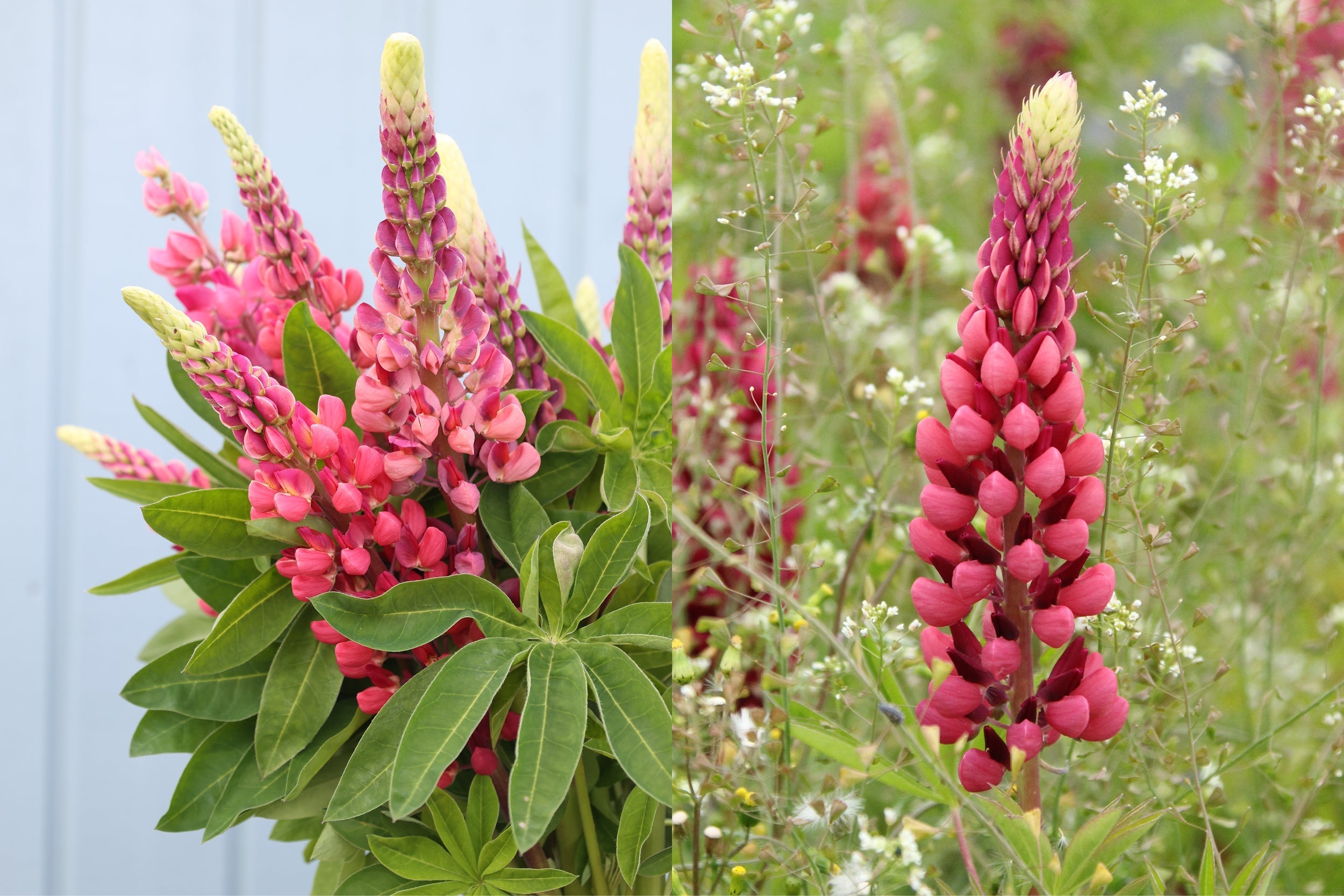
Lupine (Lupinus polyphyllus) – Farbenpracht mit Struktur und Ausdruck
A family name that's worth seeing. The lupine belongs to the Fabaceae family. The magnificent flowering candles with their small butterfly-shaped flowers look particularly good in rural and natural gardens. This classic cottage garden plant also has soil-improving properties, as it enriches it wi...
Continue reading
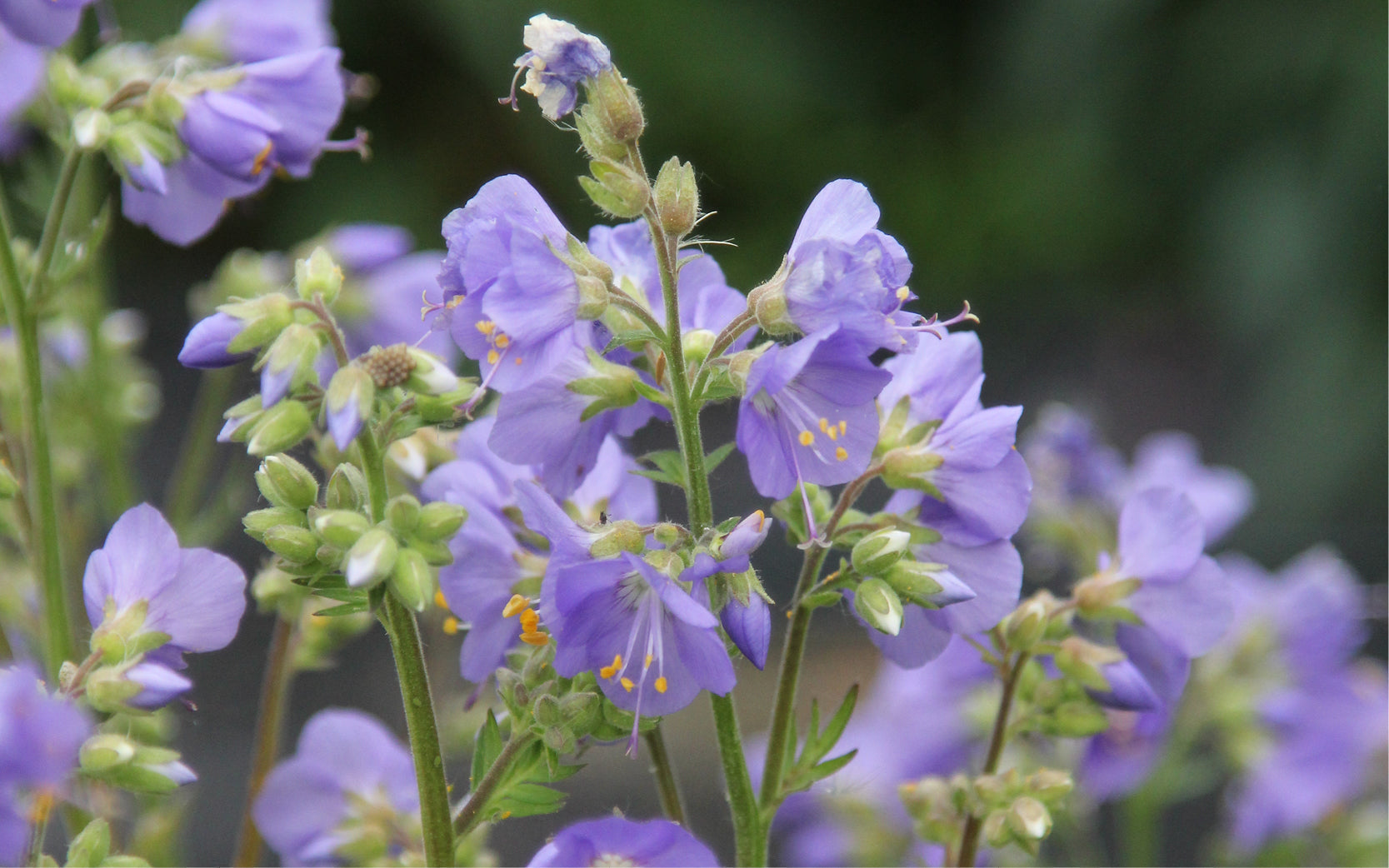
Ladder to Heaven (Polemonium)
If you want a garden that's buzzing and humming with butterflies, Jacob's ladder, also known as Jacob's ladder, is a must-have in your perennial border. This hardy perennial belongs to the genus of sedgeworts. It thrives particularly well in cottage gardens, along pond edges, and in natural gardens.
Continue reading
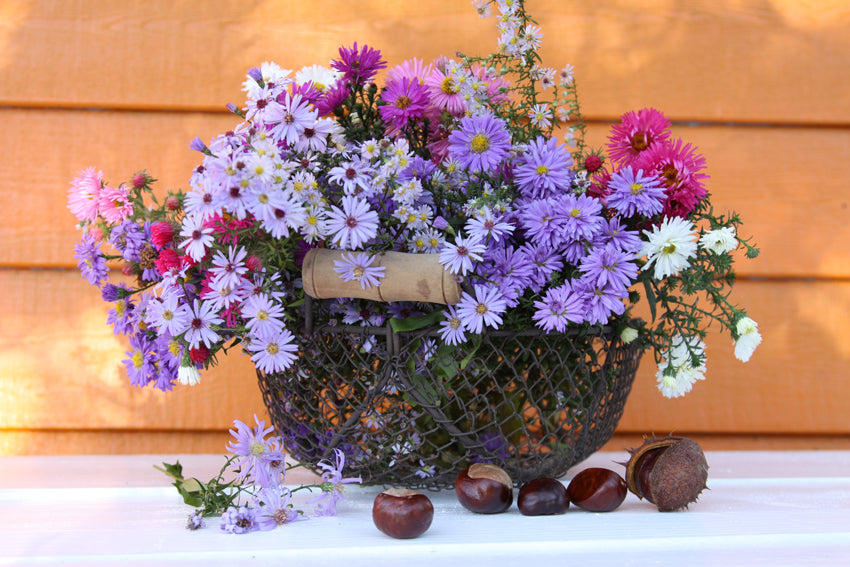
Autumn aster
This magnificently flowering perennial is a particularly good choice for the background of your garden. The smooth-leaved aster (Aster novi-belgii) is a wonderful cut flower because, unlike those of the pure-flowered aster (Aster novae-angliae), its blossoms do not close in the evening. The abund...
Continue reading
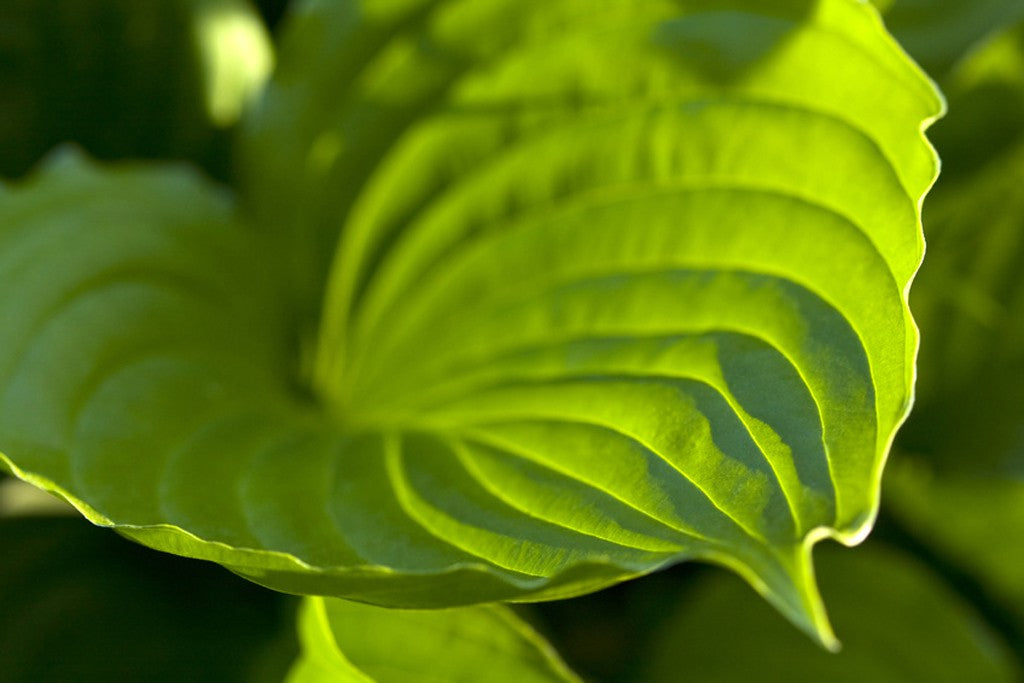
Hostas – The Stars in the Shadows
If you have a shady garden, one of the most attractive shade perennials offers an ideal location: the hosta. It's not only easy to care for, but also versatile and adds graphic texture to the garden—but be careful: snails love it.
Continue reading
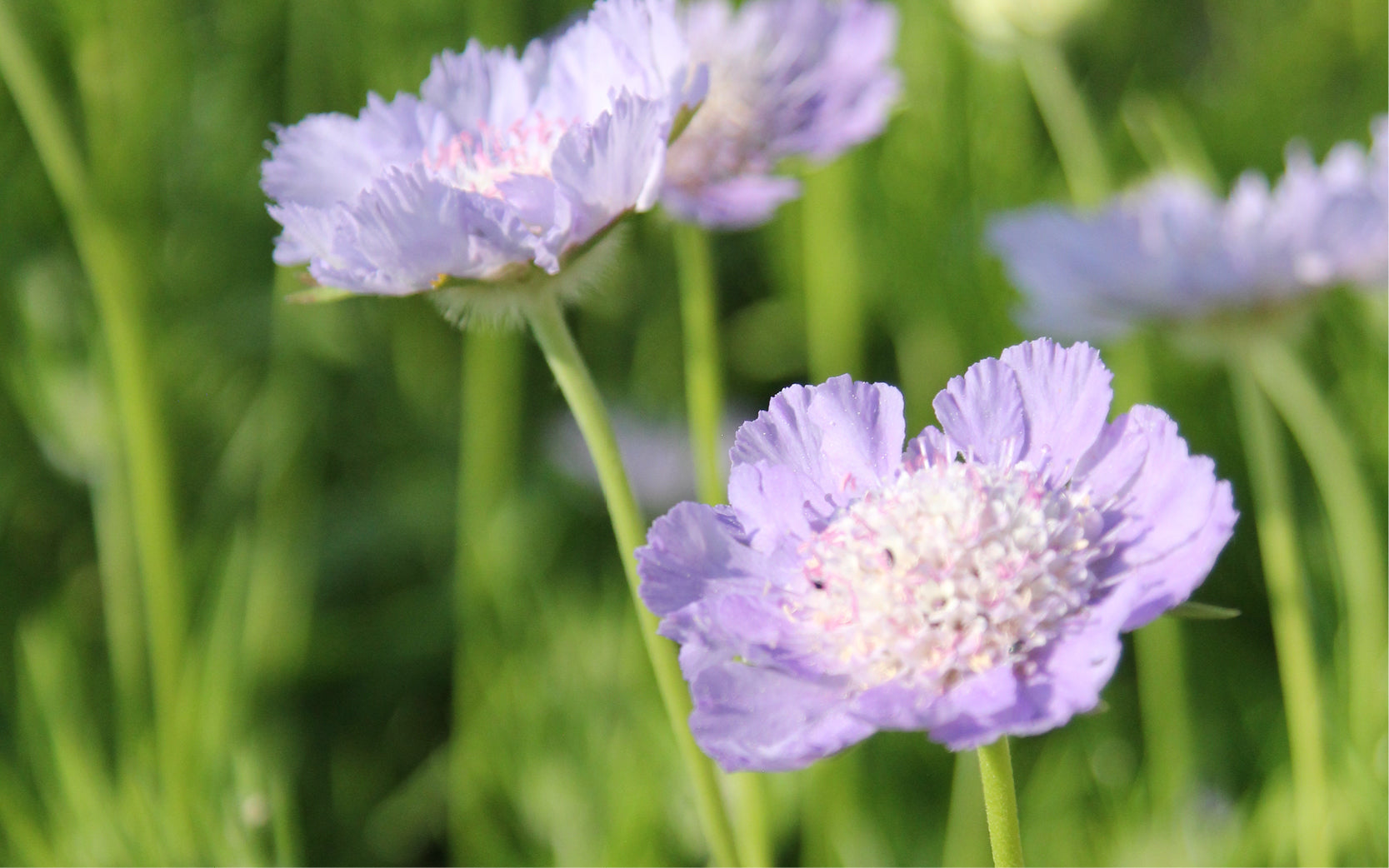
Scabiosa (Scabiosa caucasica)
The scabiosa belongs to the teasel family and is an absolute must for lovers of blue flowers. Gracefully and lightly, the beautiful, full blooms rest on slender stems, reminiscent of little fairies in floral dress dancing through the flowerbed. Their beautiful, natural effect is particularly effe...
Continue reading
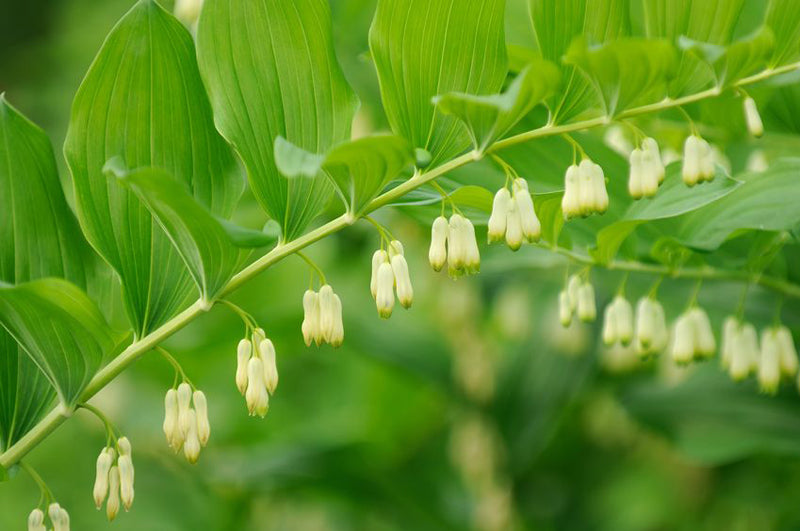
Solomon's seal (Polygonatum odoratum)
Solomon's seal is also called "fragrant lily of the valley" and belongs to the asparagus family. It is popularly known as "lily of the valley under the roof" because the plants look so similar. Solomon's seal was once considered a magical perennial, believed to have many magical and healing power...
Continue reading
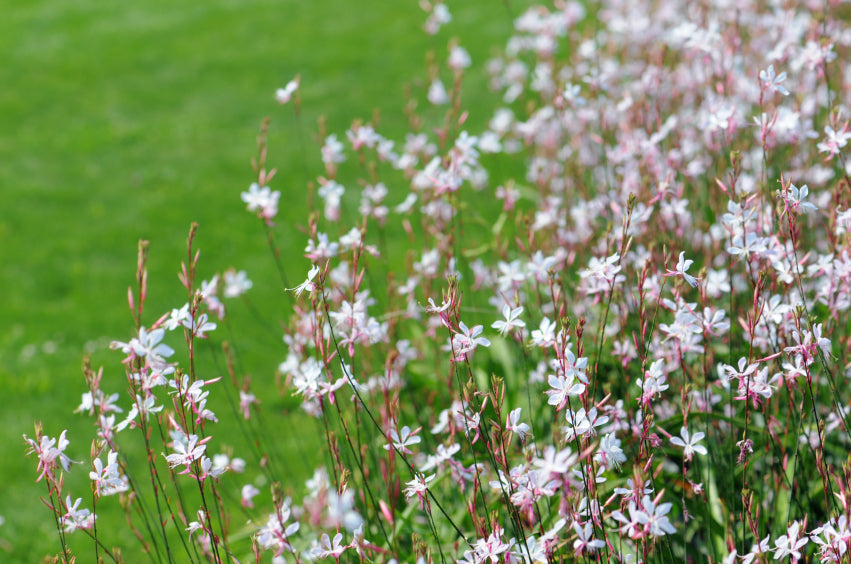
Magnificent candle (Gaura lindheimeri)
The evening primrose belongs to the evening primrose family and is an elegant perennial for sunny spots in your home garden. Whether in gravel beds, sunny perennial borders, as a container plant on the patio, or on balconies, the evening primrose cuts a fine figure everywhere.
Continue reading
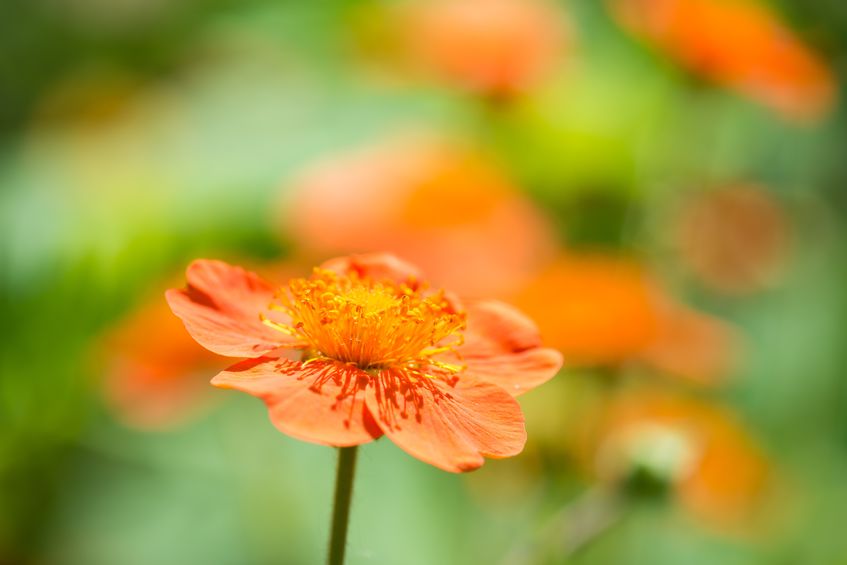
Carnation root (Geum coccineum)
Many gardeners know it as a stubborn, troublesome weed. However, this particular species stands out for its bright, pure, and invigorating orange blossom color, which is extremely rare among perennials. However, other colors are also available through breeding. Whether in natural gardens, along w...
Continue reading
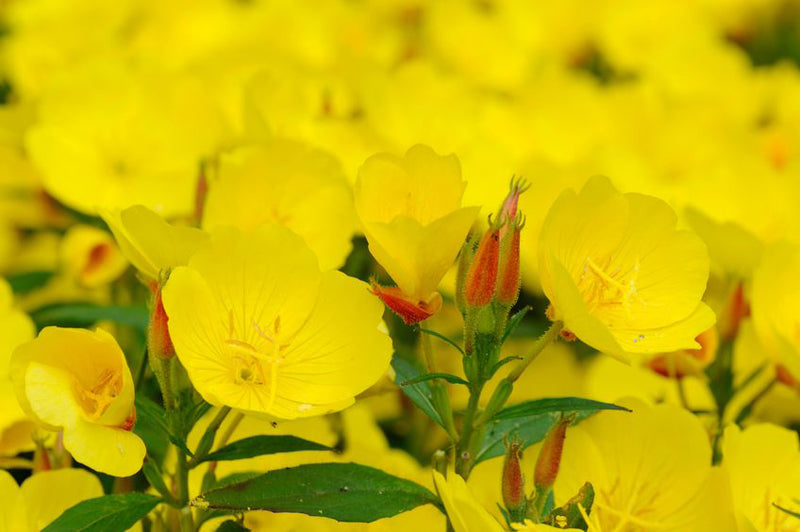
Evening primrose (Oenothera tetragona)
The evening primrose belongs to the evening primrose family and is a true perennial bloomer. This long-lived wild perennial not only looks great in open borders and on patios, but is also a popular cut flower for vases. Particularly beautiful flowerbed combinations are created with sage, speedwel...
Continue reading
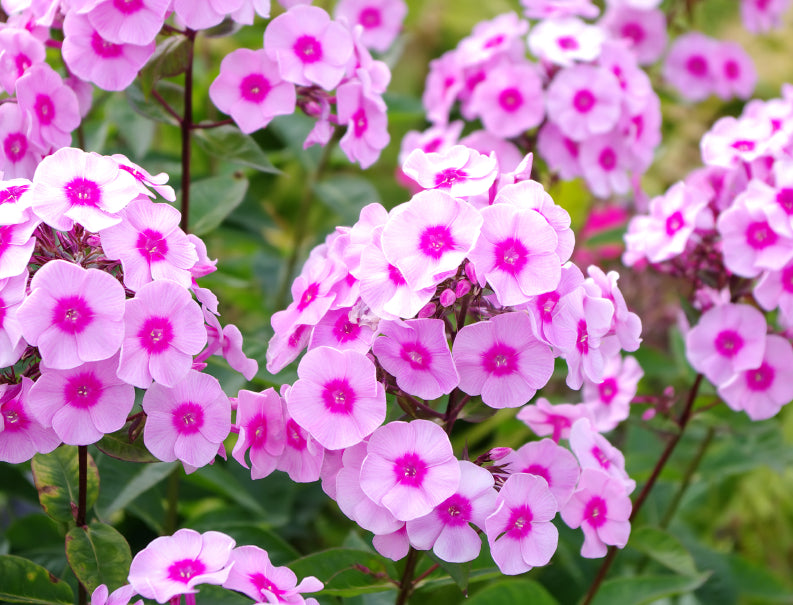
Flame flower (Phlox)
Phlox is one of the most popular flowering perennials and a staple in the gardening world. It belongs to the sedge family and is particularly impressive due to its colorful variety and long bloom period. Phlox creates a sea of flowers in any type of garden and is an absolute must-have, especial...
Continue reading
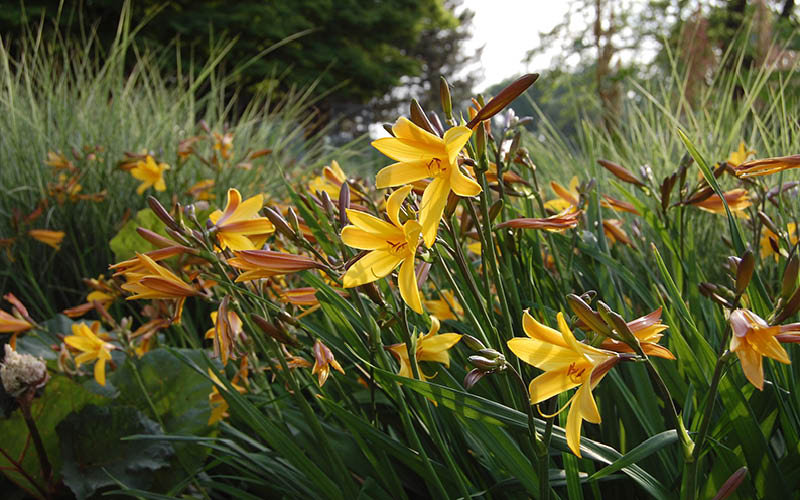
Daylilies – The tireless perennial bloomers
With relatively little maintenance, the wide variety of daylilies (Hemerocallis) brings a firework of color to our gardens. Even though each bloom lasts only a day, the perennial produces so many buds that we can enjoy their splendor almost all summer long.
Continue reading
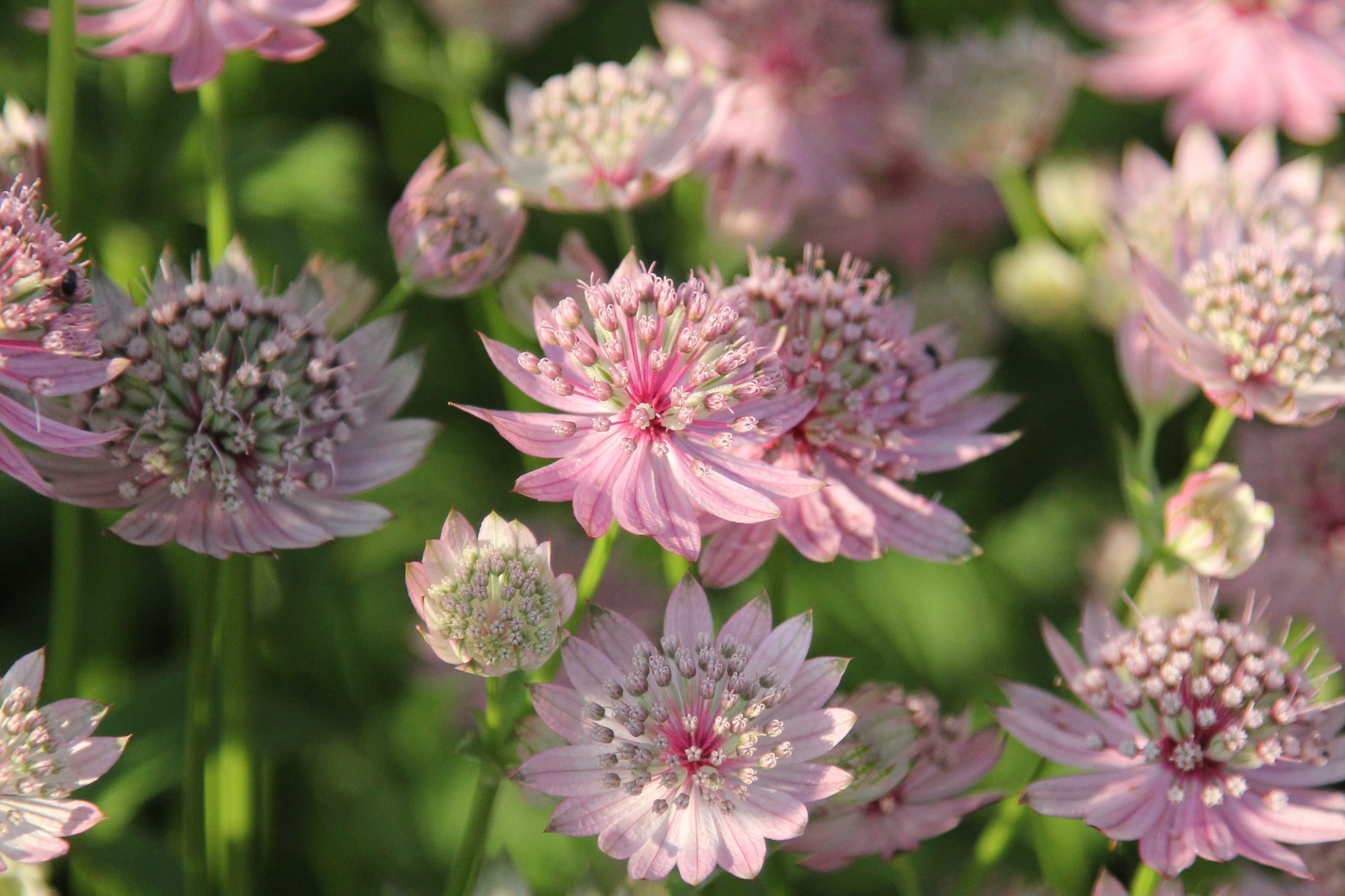
Masterworts – the fabulous world of Astrantia
In the interplay of light and shade, this enchanting perennial launches a charm offensive that's impossible to resist. And you shouldn't, otherwise your own garden will miss out on the fabulous world of masterwort!
Continue reading
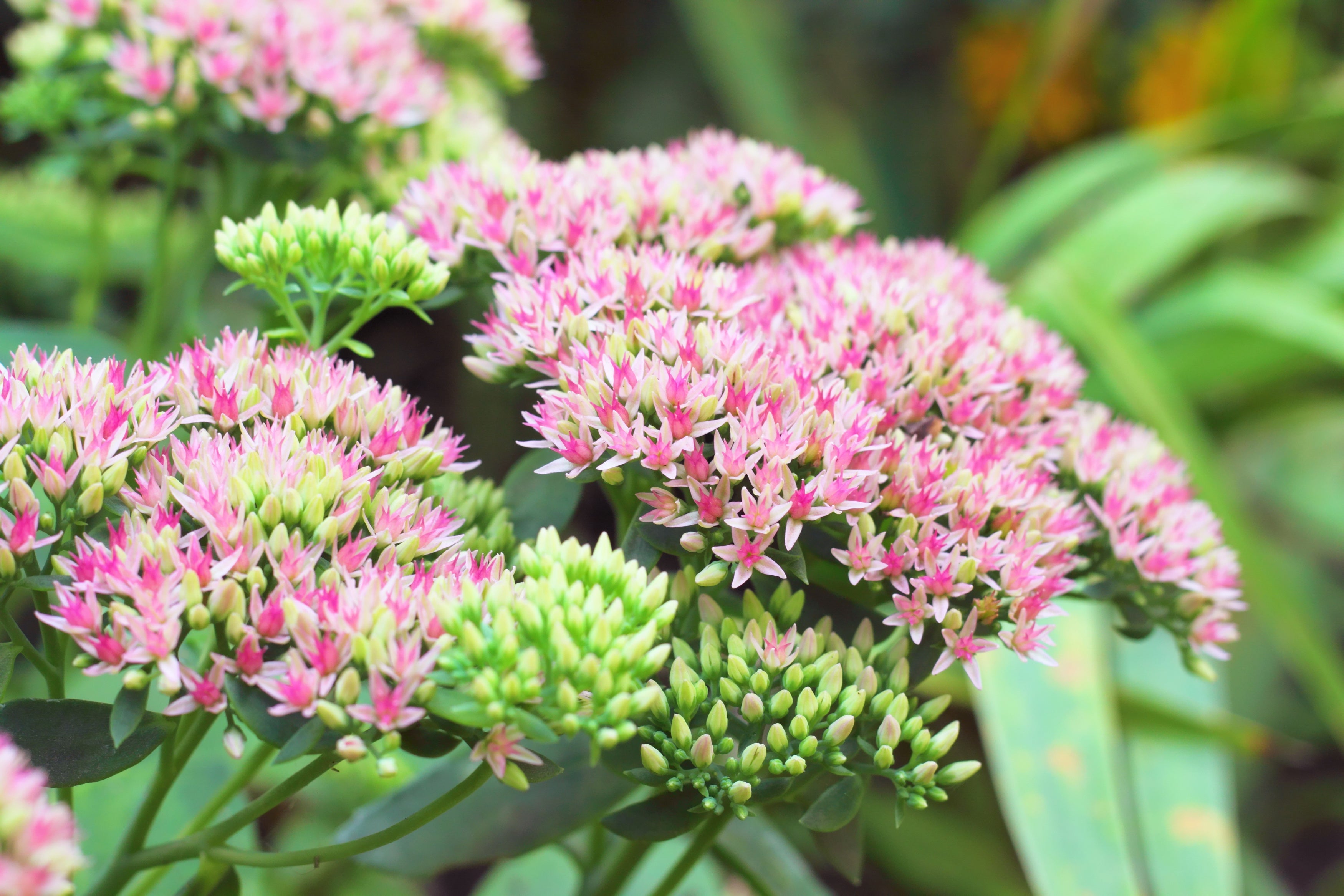
Beautiful stonecrop
The perfect ornamental plant for the foreground of your flowerbed. The spectabile stonecrop (Sedum spectabile) belongs to the Crassulaceae family and is hardy due to this characteristic. This summer perennial is particularly well-suited to rock gardens and large containers. As a slug-resistant, l...
Continue reading
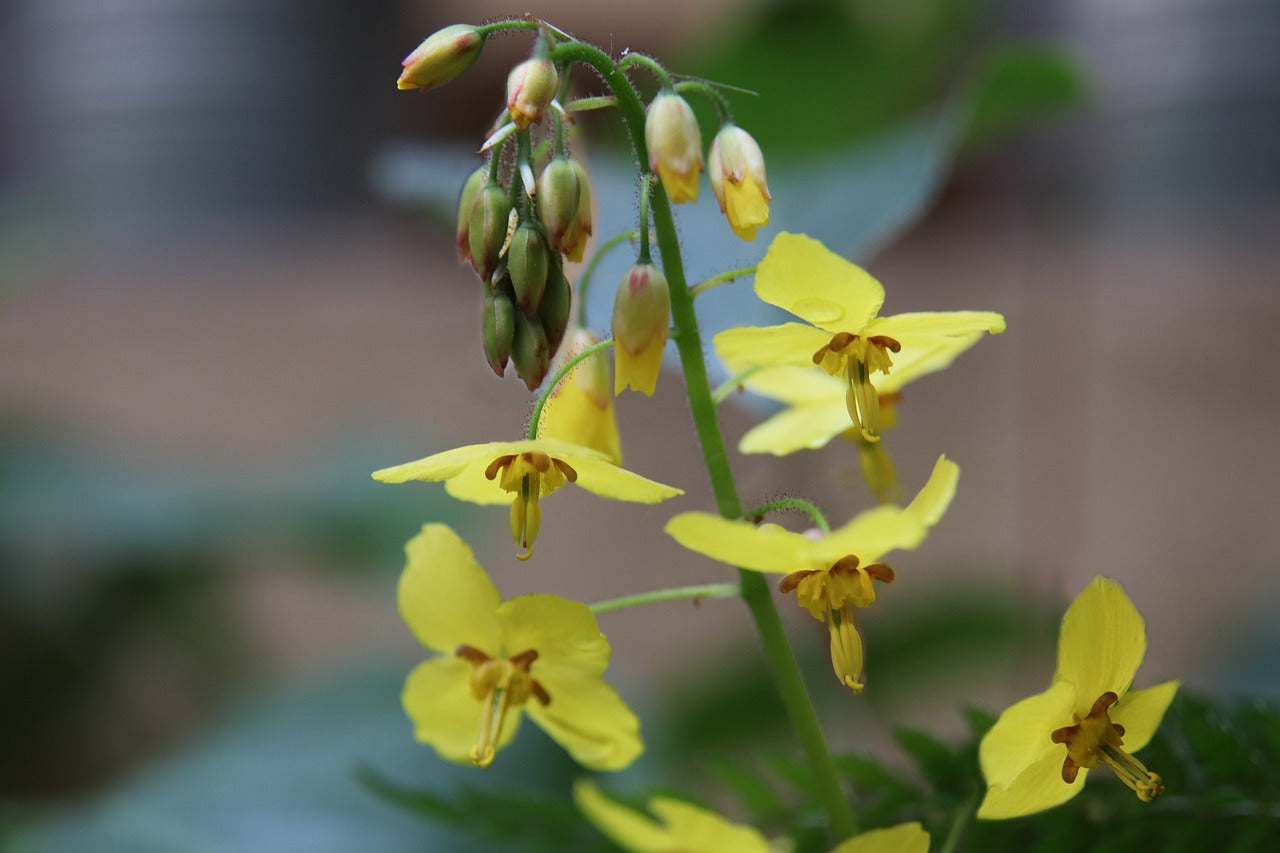
Fairy flowers – elegant beauties for the shade
Like little elves, the blossoms dance above the delicate canopy of leaves in spring. These delicate flowers and leaf shoots give the plant its name. Epimedium is the name given to this plant. Epimediums are woodland plants that thrive in light shade. They are found in the Northern Hemisphere, fro...
Continue reading
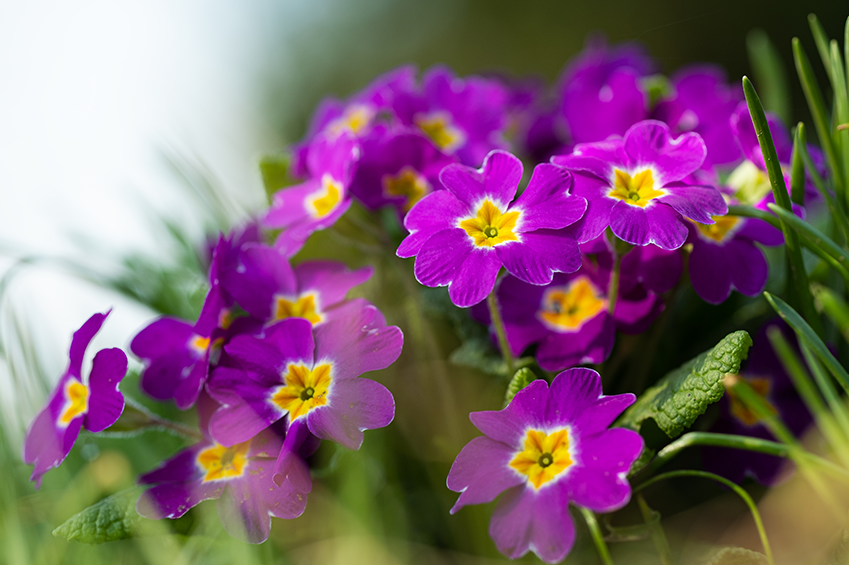
Colorful, cheeky, cheerful – garden primroses
Primrose – the name derives from the Latin word "prima," which means "the first." The name is absolutely fitting – early in the year, the colorfully blooming primroses bring us the first hint of spring into the garden and into the home. Many gardeners know primroses exclusively as a seasonal plan...
Continue reading
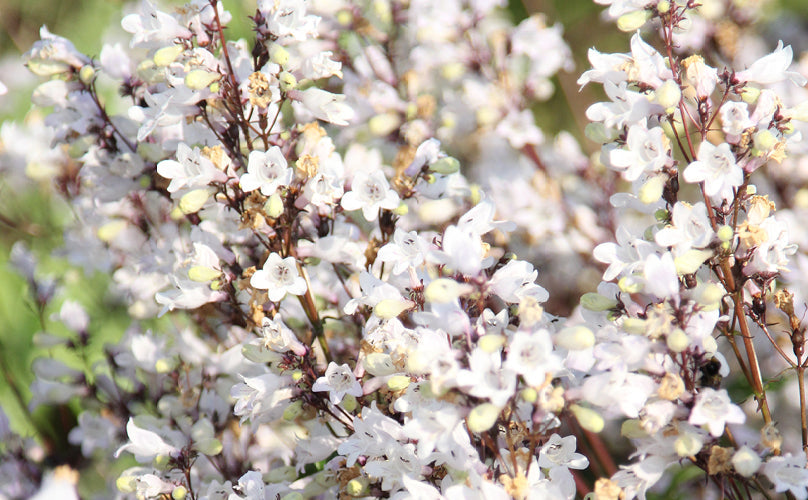
Planting and caring for penstemon – delicate flowering perennial for sunny beds
Penstemon is a charming flowering perennial with delicate, tubular flowers that add a splash of color to the garden from early summer through autumn. Penstemon thrives particularly well in sunny beds with well-drained soil, but it also performs well in pots, tubs, or troughs. Its light, airy grow...
Continue reading
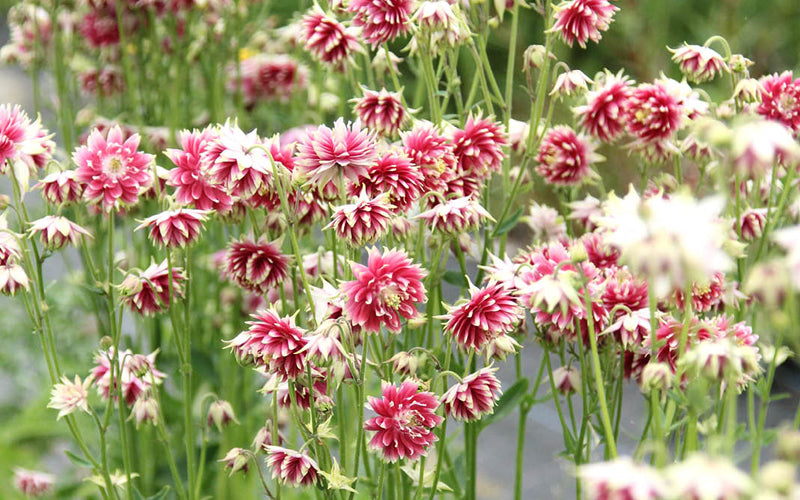
Aquilegia – The Columbine: Poisonous, mysterious and a floral dream in early summer
It has names like elf's glove , devil's bell , or Schwizerhose – and its appearance is as unusual as its popular names. The columbine (Aquilegia) is one of the most fascinating perennials in early summer: delicate flowers, some double like little skirts, in colors ranging from delicate pastels to...
Continue reading
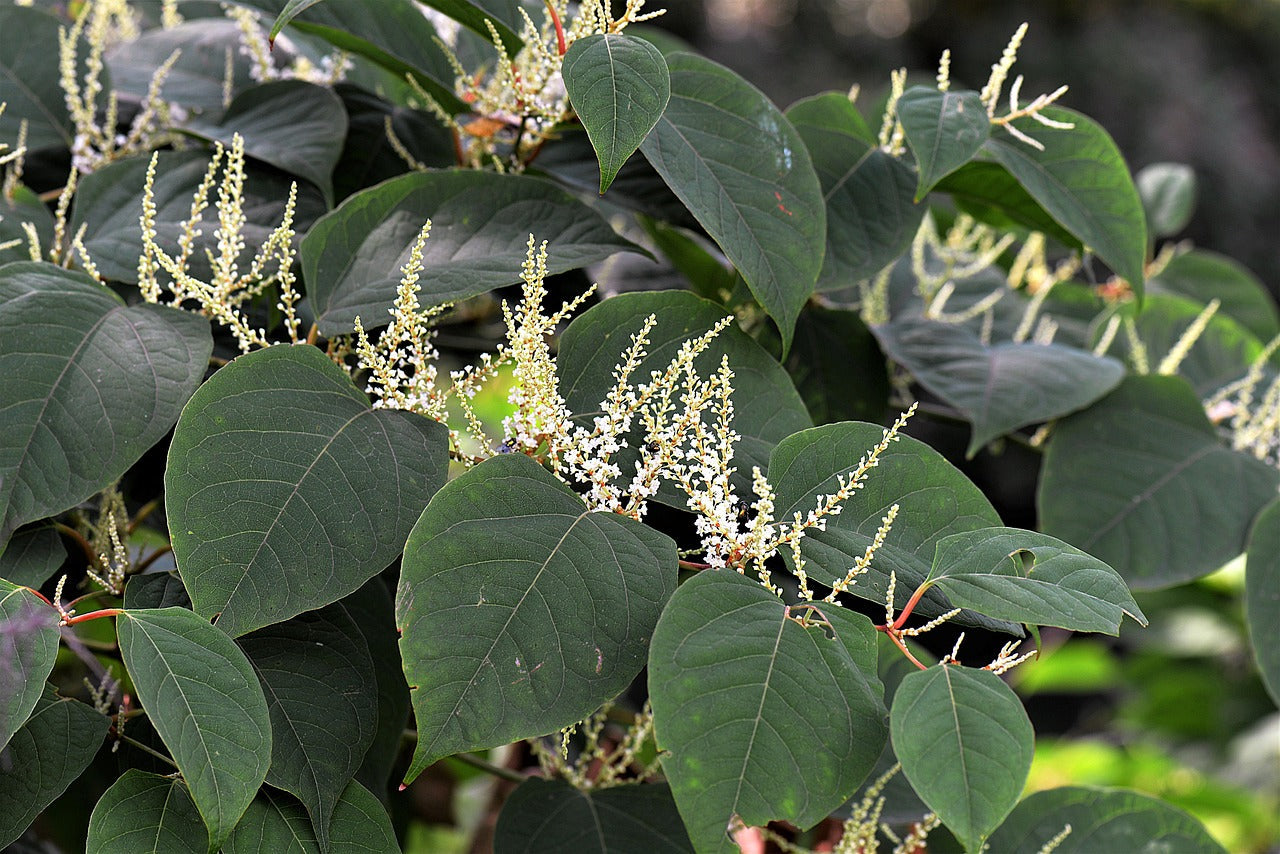
Perennial knotweed
The knotweed family impresses with its numerous species and colors. The vibrant red of Bistorta amplexicaule 'Speciosum,' for example, colors entire fields. There are species for rock gardens, beds, borders, and wild perennial plantings. The versatility and luminosity of this family is reason eno...
Continue reading
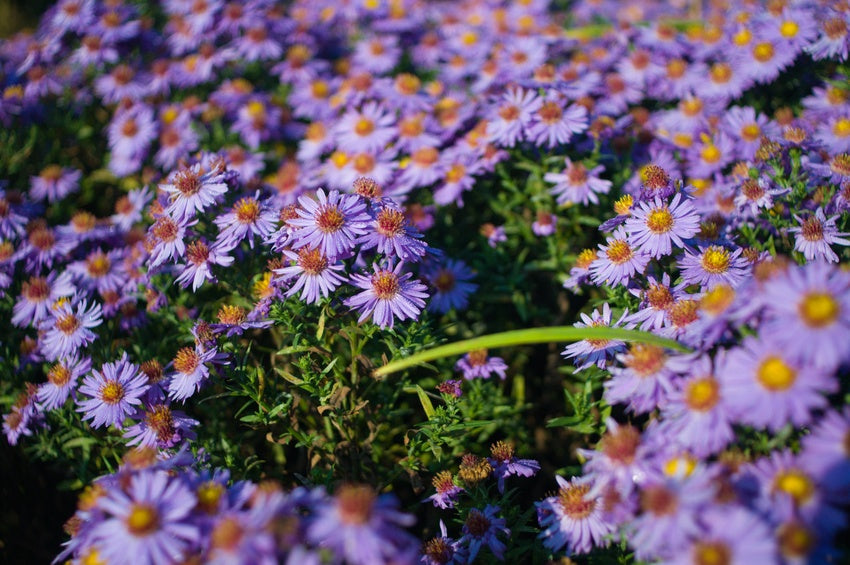
Cushion aster (Aster dumosus)
This versatile all-rounder is especially popular with perennial enthusiasts due to its wide range of colors and varieties. Belonging to the daisy family, this perennial species is particularly well-suited for low-maintenance natural gardens. It is also highly sought after by insects, butterflies,...
Continue reading
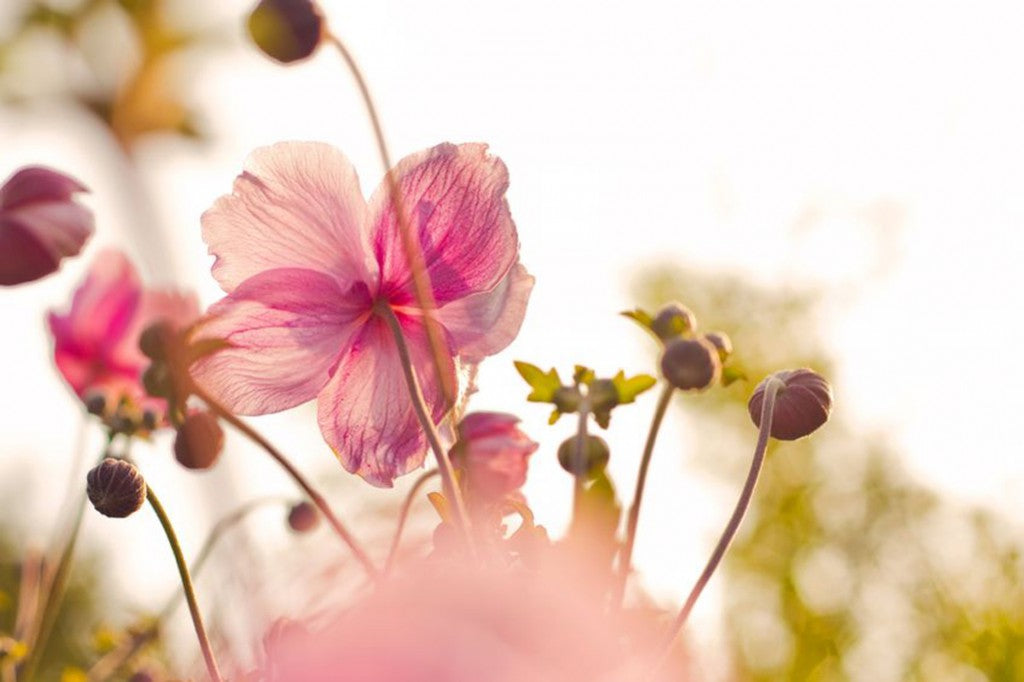
Autumn anemone (Anemone japonica, Anemone hupehensis)
An autumn jewel from the buttercup family. It looks great in any type of garden, as the differences in this plant lie in the details, allowing a suitable variety to be found for every taste and every garden situation. Although this perennial species is called an "autumn anemone," its flowering pe...
Continue reading
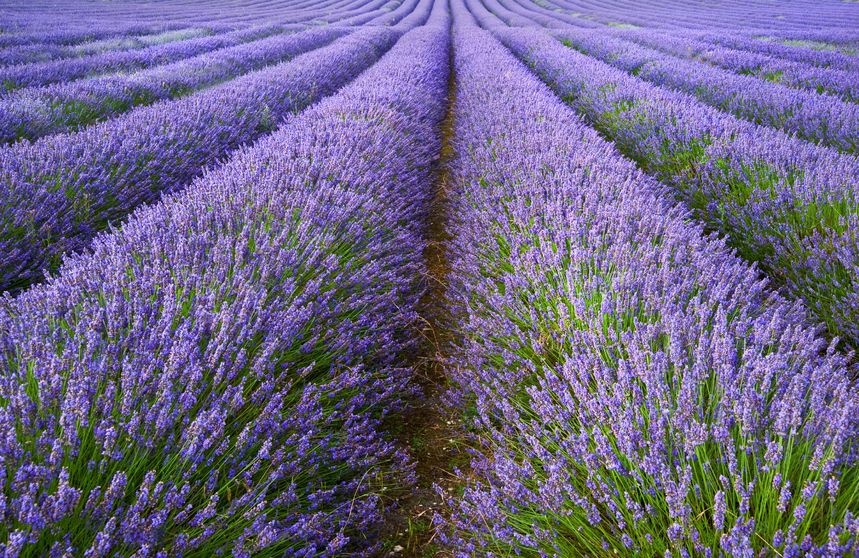
Lavender (Lavandula angustifolia)
Lavender is probably better known to many as an ornamental plant rather than a spice. It is an easy-care and attractive perennial that thrives particularly in dry, sunny locations.
Continue reading
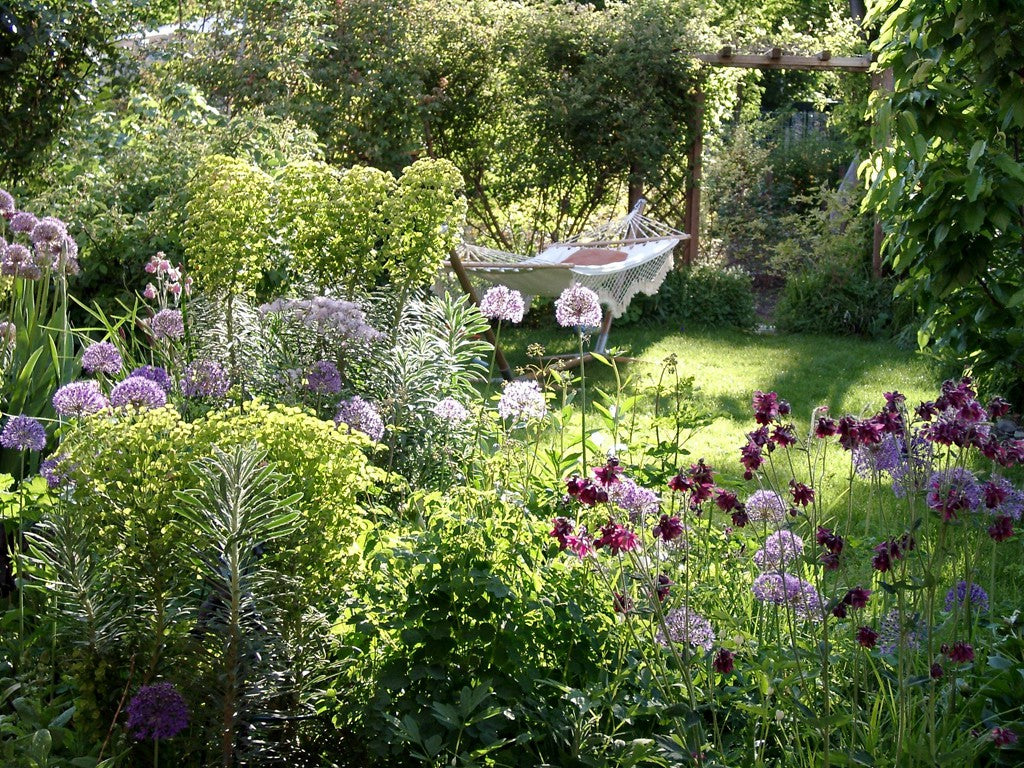
Spurge – Variety for the garden
Euphorbia – Spurge was the Perennial of the Year 2013. With this campaign, the Association of German Perennial Gardeners (BdS) aimed to draw attention to particularly interesting perennials. The genus Euphorbia, with over 2,000 species worldwide, is incomparably diverse: Spurge plants offer a mul...
Continue reading
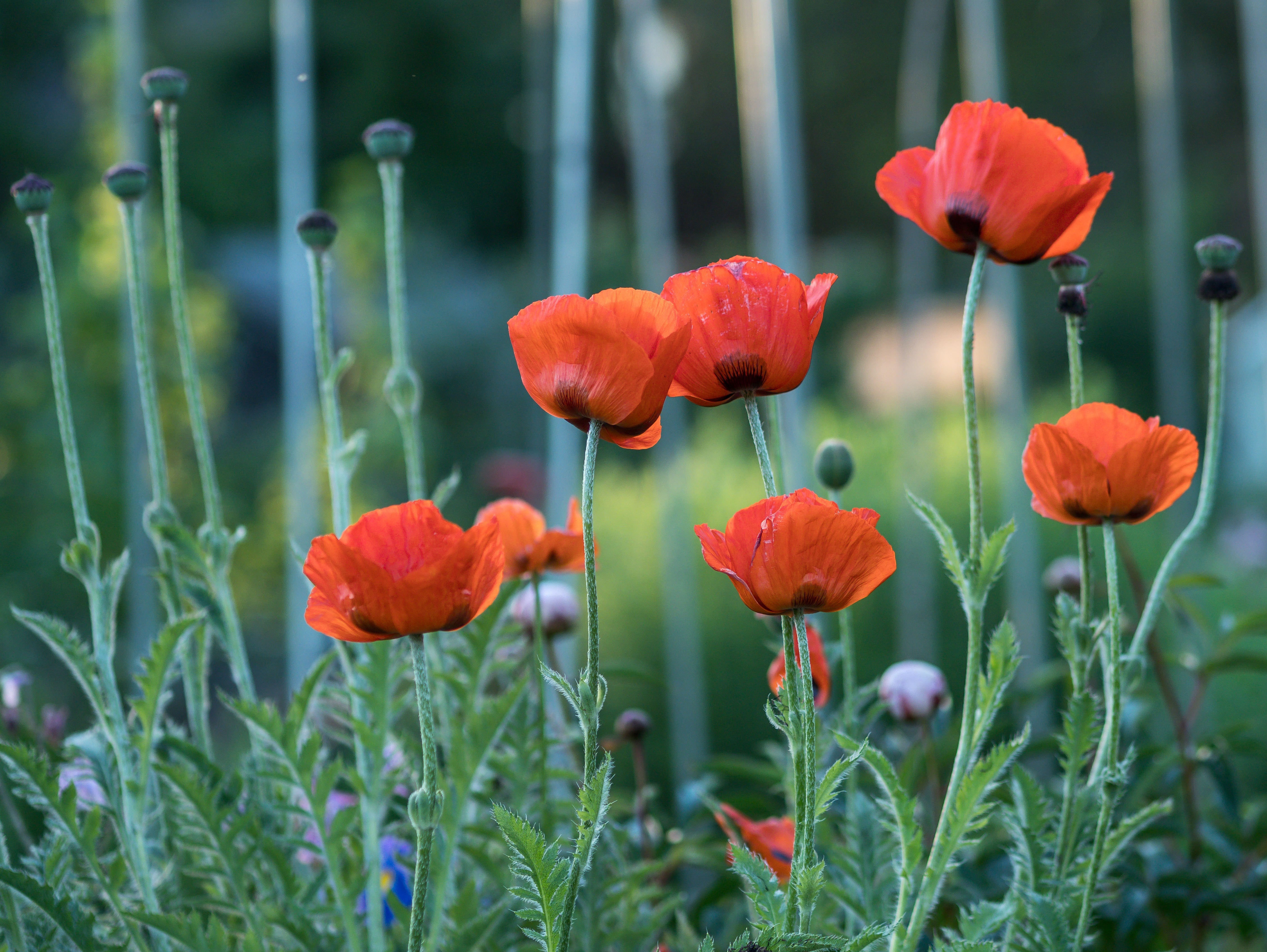
Poppy (Papaver orientale)
The diva among showy perennials! An eye-catcher that's guaranteed to attract attention in any garden during its blooming season. This perennial belongs to the poppy family and is one of the most persistent of its kind. With its delicate yet magnificent appearance, the Turkish poppy is a true high...
Continue reading
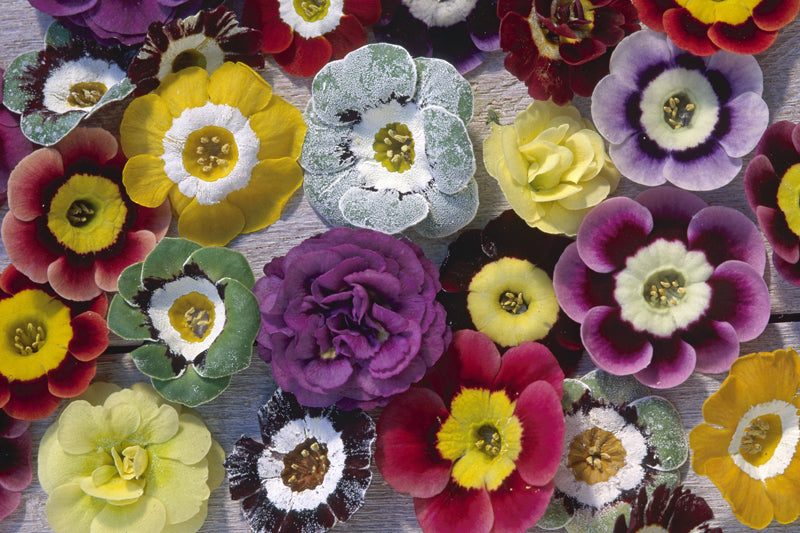
Auricula (Primula auricula)
An addictive perennial – captivating with its variety of colors and characteristic appearance, anyone can easily catch the auricula bug. The auricula belongs to the primrose family. It naturally occurs only in higher Alpine regions, and even there it is very rare and protected. This small, early-...
Continue reading
